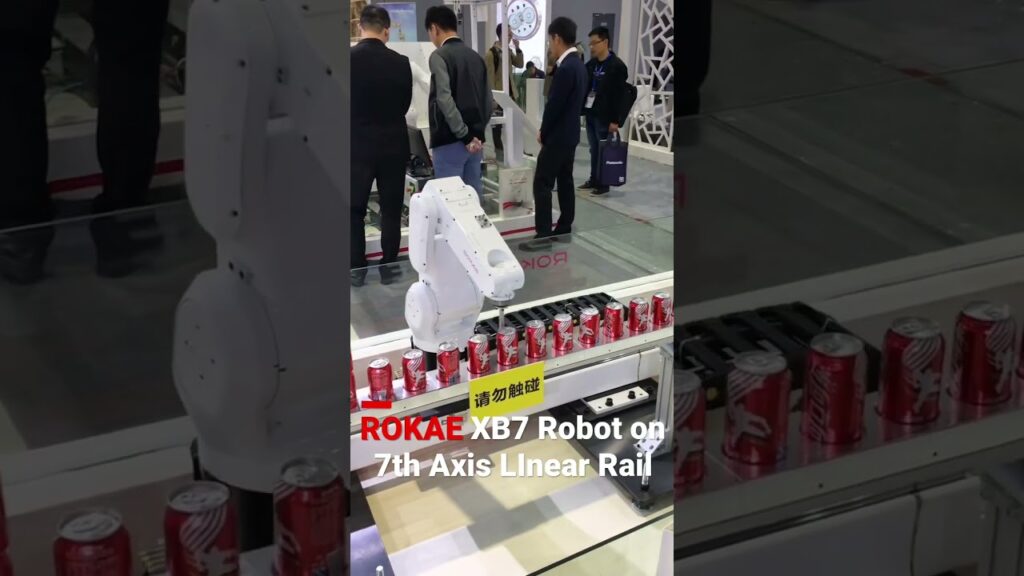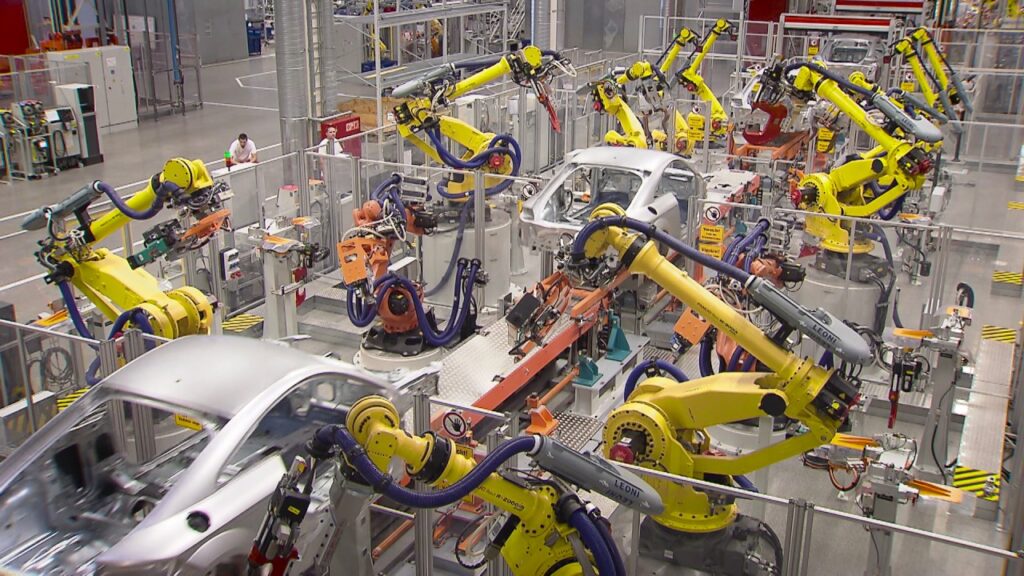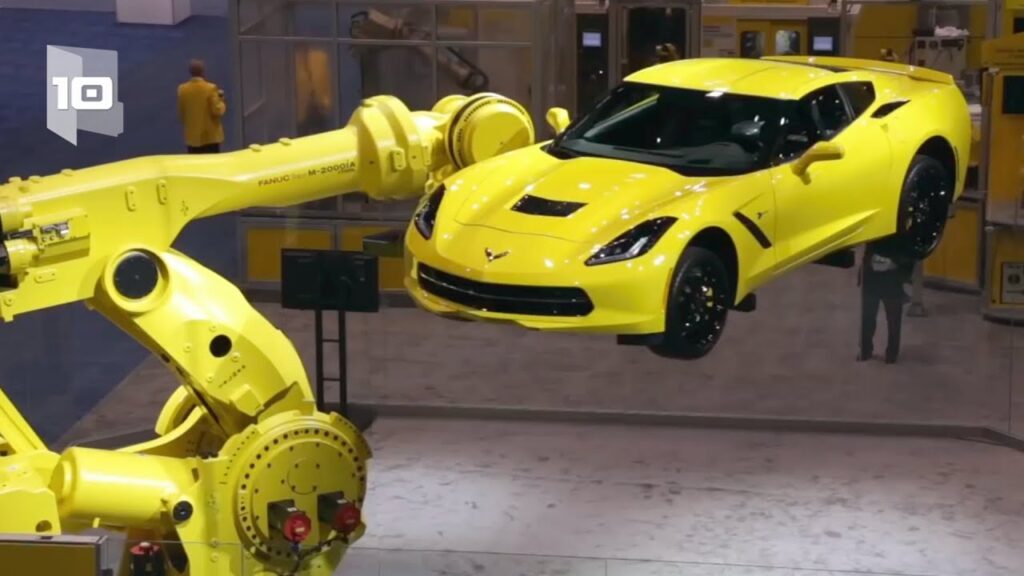Industrial Robots: Revolutionizing Manufacturing Technology
Introduction
As the field of robotics continues to advance at an unprecedented rate, industrial robots have emerged as a game-changer in the manufacturing industry. These mechanical marvels have the potential to revolutionize the way we produce goods, improving efficiency, precision, and overall productivity. In this article, we delve into the world of industrial robots, focusing on the remarkable ROKAE XB7 Robot on the 7th Axis Linear Rail.
Industrial Robots: An Overview
Industrial robots are sophisticated machines designed to automate various manufacturing tasks, replacing the need for human intervention in repetitive or labor-intensive processes. Equipped with advanced sensors, artificial intelligence, and cutting-edge programming, these robots have the ability to perform complex operations with utmost accuracy and speed.
ROKAE XB7 Robot on the 7th Axis Linear Rail: A Technological Marvel
One notable industrial robot in the market is the ROKAE XB7 Robot on the 7th Axis Linear Rail. This robotic system offers unparalleled flexibility and efficiency, making it a valuable asset in modern-day manufacturing facilities. With its state-of-the-art features, it has the ability to transform production lines, optimize workflows, and elevate overall operational performance.
The ROKAE XB7 Robot incorporates a solid design, ensuring stability and precision during its movements. Mounted on a 7th Axis Linear Rail, this robot is capable of seamless linear motion, allowing it to access a wider workspace and perform intricate tasks with ease. Its versatility enables it to adapt to various manufacturing environments, making it a valuable investment for companies across diverse industries.
Benefits of Industrial Robots
1. Increased Productivity: Industrial robots, such as the ROKAE XB7, can work tirelessly around the clock, outperforming human counterparts in terms of speed and output. With their high precision and efficiency, they significantly enhance overall productivity, leading to increased manufacturing capacity and reduced cycle times.
2. Improved Quality: By minimizing human error and providing consistent results, industrial robots contribute to improved product quality. The ROKAE XB7, for instance, ensures accuracy in its movements and operations, delivering products with minimal defects and meeting stringent quality standards.
3. Enhanced Workplace Safety: With their ability to handle hazardous materials and perform dangerous tasks, industrial robots promote worker safety. By removing humans from potentially harmful environments, these robots reduce the risk of accidents and injuries, creating a safer workplace for employees.
4. Cost Savings: Despite the initial investment required, industrial robots offer long-term cost savings. With higher production rates, reduced labor costs, and minimized material waste, companies can achieve significant returns on investment over time. The ROKAE XB7, with its efficient operation and low maintenance requirements, proves to be a cost-effective solution for businesses aiming to optimize their manufacturing processes.
Integration Challenges and the Future of Industrial Robots
While industrial robots offer numerous advantages, their integration into existing manufacturing infrastructure can present certain challenges. The initial cost of acquisition and installation, as well as the need for specialized training and programming, can deter some businesses from adopting these advanced technologies. Additionally, concerns about job displacement and the need for human involvement in decision-making processes may slow down widespread adoption.
However, as technology continues to evolve, so do industrial robots. With ongoing advancements in artificial intelligence, machine learning, and sensor technology, future industrial robots are expected to become even more efficient, adaptable, and user-friendly. The integration of collaborative robots (cobots) that work alongside human operators is also becoming increasingly common, further highlighting the symbiotic relationship between humans and robots in the manufacturing space.
Conclusion
As the manufacturing industry embraces automation and digital transformation, industrial robots have emerged as key players in driving productivity, quality, and safety. The ROKAE XB7 Robot on the 7th Axis Linear Rail exemplifies the cutting-edge capabilities of these robotic systems. With their ability to perform complex tasks with precision and efficiency, industrial robots are revolutionizing the manufacturing landscape and paving the way for a future of increased productivity, enhanced quality, and improved worker safety.
Industrial Robot
“Enhancing Industrial Efficiency: Exploring the ROKAE XB7 Robot’s Precision on a 7th Axis Linear Rail”


